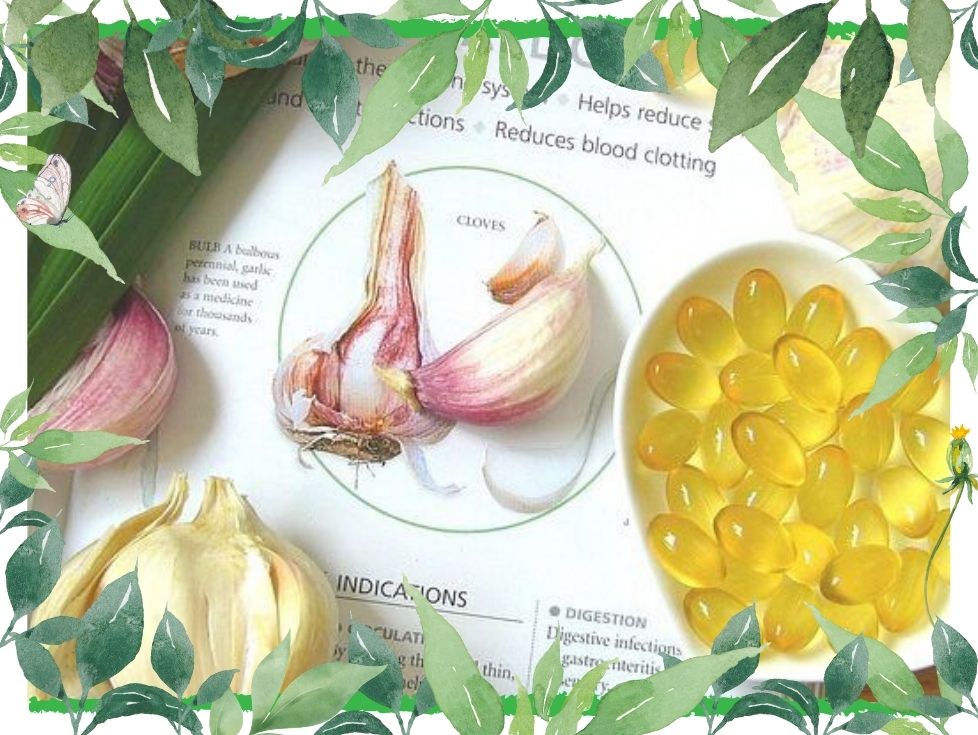
The cosmetics industry is one of the highest earning in the world. In order to secure sales, many manufacturers use marketing strategies in which they attribute abilities to their ingredients that are inaccurate or heavily embellished. Some active ingredients are advertised as positive, although they can even damage the skin. Here we look at three popular ingredients to be critical of.
Cosmetic ingredients as a guarantee of beauty
Anyone who buys cosmetics, especially high-priced ones, wants to be convinced that the advertising promise the manufacturer is also correct. Unfortunately, the information that may be given on packages and descriptions, not always regulated. For example, a designation such as oil-free also applies to products that contain silicones and therefore also a type of oil.
Manufacturers like to use new trend ingredients, where one study favored one effect confirmed has, but with this guarantee rarely show the Kontext the Results. The following ingredients all have their confirmed benefits from which they are used in cosmetics. Unfortunately, many have too negative consequences.

Retinol
Retinol is a fat-soluble substance, also known as Vitamin A1 is known. As such, it will be happy to Anti-Aging added to products. As an active ingredient, it stimulates the renewal of the top layer of the skin and increases collagen production. The basic structure of the skin is strengthened, the constantly renewing skin makes it appear smoother and skin conditions such as acne are less common. The free radicals that contribute to our aging process are inhibited by retinol. As a result, our skin stays firm for longer.
That's all good reasonsto add vitamin A to his cosmetics. The high-quality German cosmetics manufacturer SOBER Cosmetics advises against retinol. And for a good reason: Too much of vitamin As makes you ill. Many ingredients still exist in the cosmetics industry no fixed upper limit the maximum concentration. This is of concern with vitamin A, since it can also be obtained from sources such as food is recorded.
The maximum requirement is therefore difficult to control. 1 mg is the recommended daily amount, 3 mg is the upper limit. For risk groups like menopausal women, which are the target of most antiaging products, are just that 1,5 mg. Around 1,8 mg of vitamin A is already ingested through normal nutrition. Studies have shown that this absorption by cosmetics is still increasing 25% increased is.
Too much Vitamin A leads to headache and Nausea and can increase if taken for a long time liver disease and flaky skin lead and the bone mineral density reduzieren.
In cosmetics they occur as:
- Vitamin A
- Vitamin A1
- Retinol
- Retinyl acetate
- retinyl propionate
- Retinyl palmitate
Mineral oil
Who comes first when hearing the term mineral oil Minerals thinks is not quite right. To this Association put many manufacturers and sellers though. According to the sales strategy, the product is enriched with many valuable minerals. The mineral oil is not added at all to enrich substances such as calcium and magnesium.
Mineral oil gets its name because in the 18th century the distinction between vegetable oil and oil extracted from the earth (where we find minerals) had to be made. You can basically do it as Crude oil describe. This means that the mineral oil in cosmetics comes from the same source as petrol or diesel. It just gets a lot stronger filtered, until only different Hydrocarbons Are included.
Mineral oil is added to cosmetics because it lasts longer and is easier to work with than many vegetable oils. They are endlessly durable, inexpensive and rarely cause allergies. Since our body does not completely absorb the foreign substance, the oil remains in the top layer of the skin and stops it from losing water. The skin stays saturated and therefore soft.
Some of the Hydrocarbonsthat are contained in mineral oil are currently under review, whether you carcinogenic can work. Since it has not yet been clarified to what extent the skin absorbs the substances, it should be mentioned at the moment lip balms with mineral oils waived because they enter the body through the mouth.
In cosmetics, mineral oils are called:
- Cera Microcrystalline
- ceresin
- Microcrystalline wax
- Mineral Oil
- ozokerite
- Liquid paraffin
- Paraffin Subliquidum
- Petrolatum
- Vaseline
Tea tree oil
Tea tree oil is extracted from the Australian tea tree and is believed to treat many ailments panacea. In the area of the skin, for example, it treats Acne, eczema, skin infections, wounds and warts. But it is not approved as a medicinal product and should therefore always be used with care. In cosmetics, tea tree oil is often a component of acnecare products. That's because there is a antibacterial effect Has. It reduces both inflammatory and non-inflammatory lesions.

Due to its positive effect, tea tree oil should not be completely excluded from use in cosmetics concentration limited will. The Federal Institute for Risk Assessment proposes one for this 1% maximum concentration before. This is due to the oxidation processes caused by the oil allergic reactions. In addition, the means a acute toxicity has, which means that people can poison themselves through high intake. Despite the term natural cosmetics for that pure oil, so you have to be careful.
Tea tree oil and oils used synonymously in cosmetics can be called as follows:
- Melaleuca alternifolia
- Melaleuca cajuputi
- Melaleuca viridflora
- Melaleuca leucadendra
- melaleuca quinquenervia
Conclusion
For some ingredients in the cosmetics industry, there is still a need to review the negative consequences and set maximum concentrations. Before these are legally introduced, there are nevertheless cosmetics companies such as SOBER Cosmetics, which have independently committed themselves to protecting the health and beauty of their customers in all respects.
When you buy a new cosmetic product, check the ingredients and the manufacturer's website. Here you will find information on the ingredients and guidelines that the company gives itself for high-quality products. On the website of Federal Institute for Risk Assessment you will find regular research on various ingredients in cosmetics.
Table of Contents



Leave a comment now